Aboard Revelle we prepare for Halloween. Pumpkins were distributed for a carving competition. Pumpkin slashing, drilling, and maiming is in full swing. Halloween decorations are appearing and costumes are being considered.
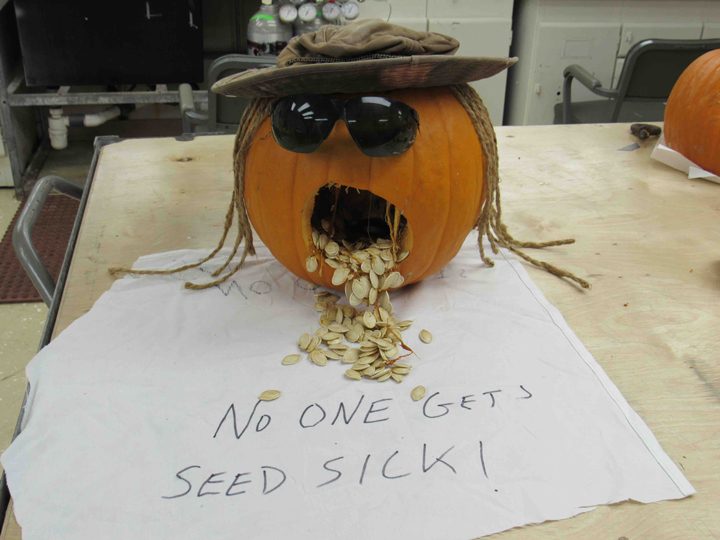
We arrived at the site of the NOAA mooring at 11N, 125W and recovered the entire string of equipment. As with most moorings in mid-ocean, it had acted as a Fish Aggregation Device (FAD) and some tuna and mahi-mahi were caught for our dinner. We recovered two Wave Gliders, visited the central SPURS mooring at 10N, 125W (see video in last blog post), and rendezvoused with a SailDrone for cross-calibration of instruments with Revelle.
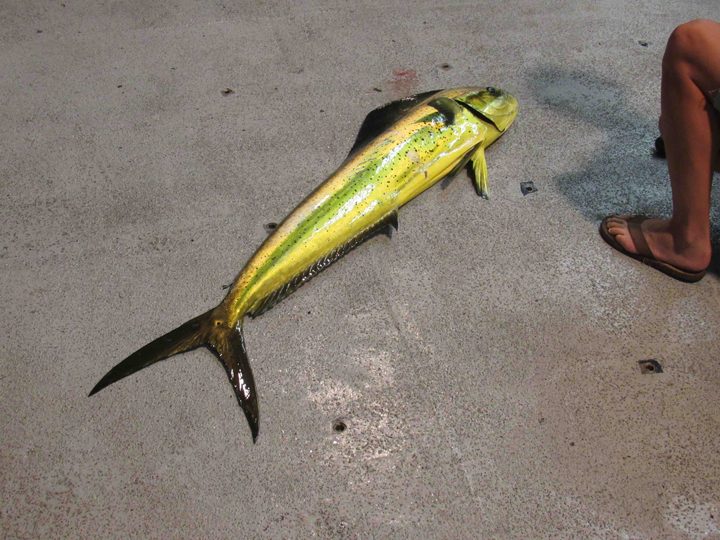
Mahi-mahi caught near the NOAA mooring.
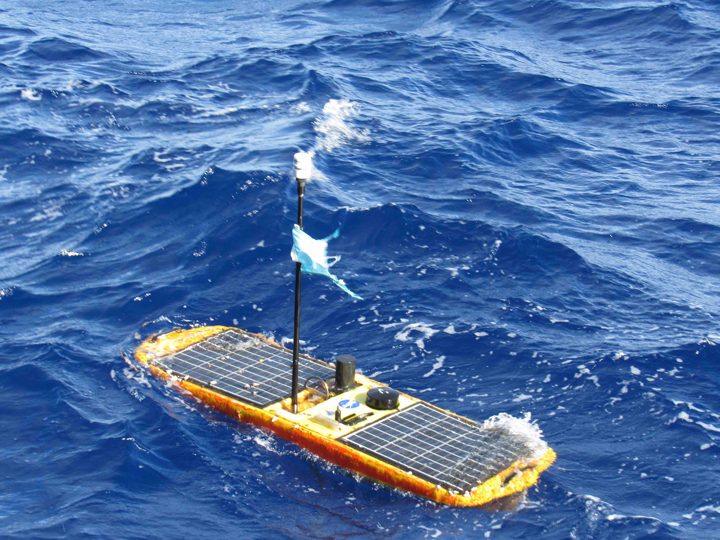
The Wave Glider after 14 months at sea.
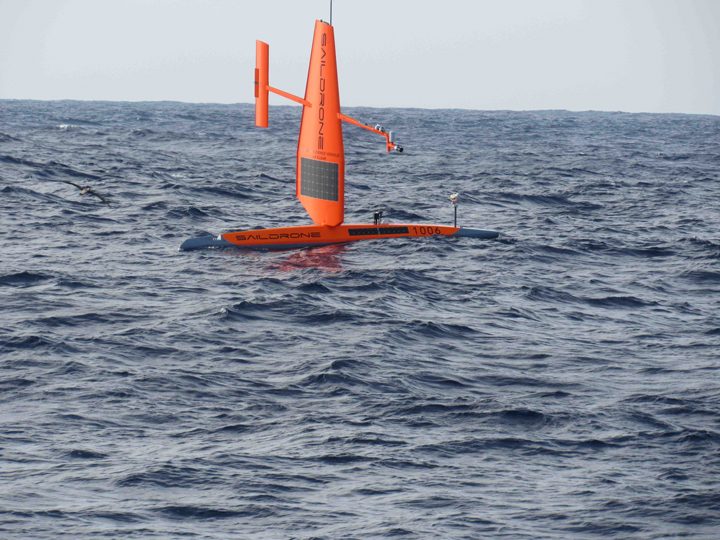
Rendezvous with the SailDrone.
Because it is a issue for all those aboard the ship, I thought I would try to explain our communication “challenges” for you as my “topic of the day.” Although communication between those at home and those on a ship has improved over the decades, being in mid-ocean still has quite a few communication challenges.
Clear voice communications via satellite phone is possible but the price (~$10/min) is prohibitive except for emergencies and critical needs. Some institutions send their staff to sea with their own personal satellite phones (not NASA). There are also Voice over Internet Protocol (VOIP) calls (those calls are limited to about 10 minutes) but the quality is poor enough that it is recommended only for those with patience for monosyllabic interpretation.
The preferred method of communication is email. It too is transmitted via a shared (with the oceanographic fleet) satellite link. We have strict rules as to size of email attachments (2Mb).
For research and business we can access the internet as well, but need to be aware that there are daily limits on our use of the shared satellite resources – 150Mb of download per day per person. This is easily used up by certain kinds of downloads and email programs, so everyone has to tighten up there computer habits while aboard ship. It reminds one of using the old slow “dial-up” connections that were common before cable and wifi.
For me, doing the blog, I face the challenges daily. I can send text just fine, but I have to downsize all photos before transmission in order to meet the 2 Mb limit in email attachments. NASA has asked me to provide short movies (15 sec clips) as well. These have to be transmitted by yet another method to a public FTP site at Scripps in San Diego so NASA can collect them there.
Critical science data files are transmitted to and from the ship like the movie clips, by dropping them in special folders that process the data transmission via satellite more efficiently than email programs. It is very helpful to us on the ship to have satellite and model data processed by our “dry team” at the NASA Jet Propulsion Laboratory in Pasadena, CA. They transmit files to us daily in what is called the “tarball.” (See previous blogs: The Sticky Mess in the Tarball; Modeling And The Dry Side of SPURS).
Fred Bingham is on the ship as our SPURS data manager and he acts as the clearing house for information requests from the dry team. Ultimately, he assembles SPURS data sets into a well-documented package that can be archived by NASA and analyzed by the scientific community in years to come as a single complex but comprehensive data set. (See previous blog: Managing SPURS Data)
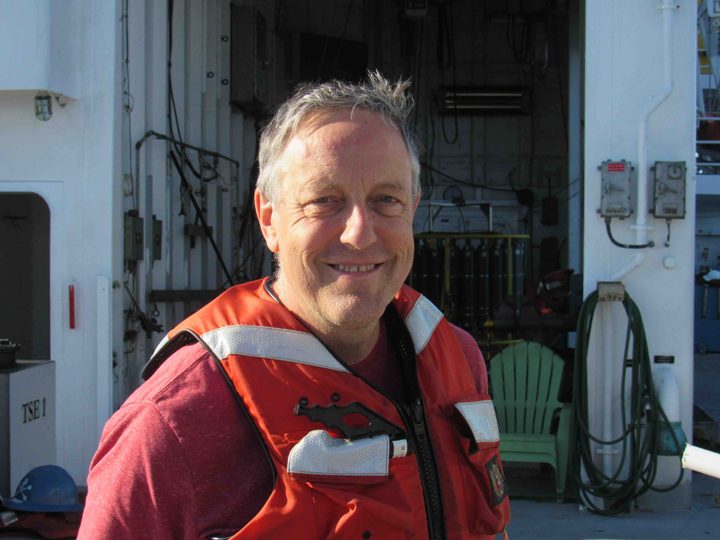
Fred Bingham, SPURS data manager.
Oceanographic data is collected and preserved in a number of ways. Some of our instruments and moorings transmit data home in real time independently. However, some data is internally recorded in an instrument sitting in the ocean depths and can only be saved for posterity when we recover the instrument (that is one objective of this SPURS-2 expedition – gather up all the instruments with their valuable data).
As you can see, being at sea separates us into our own quiet place, linked to the world with “dial-up” speeds and strict limits on the volume of communication. The isolation is embraced by most seagoing scientists as a rare gift in our hyper-connected world.
Tags: ocean salinity, oceanography, SPURS, SPURS2




